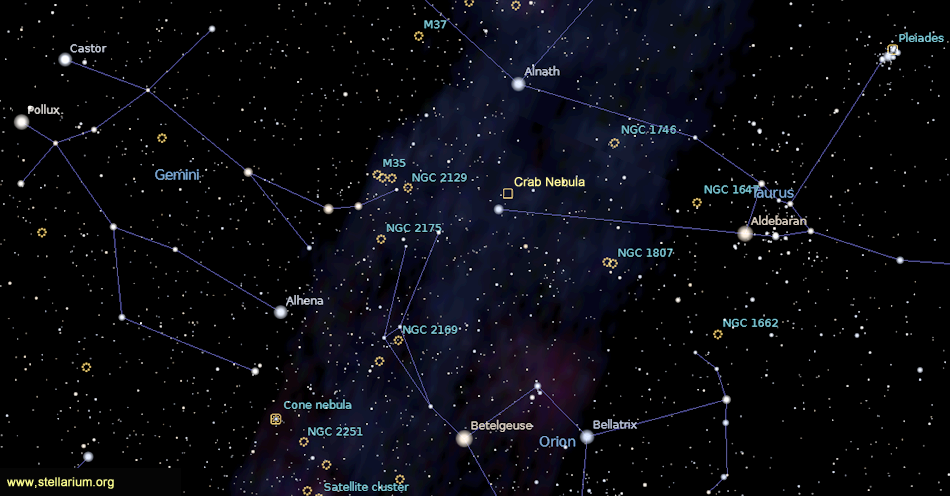The Geminid Meteor Shower
Winter in Canada has its obvious challenges of keeping the snowy walkway clean as well as driving in snow and ice during our daily commute. And even though a clear moonless night reveals a gorgeous starry sky, the cold can cut short or even ruin a perfectly good observing session. This scenario often occurs during one of the best meteor showers of the year – the Geminids.
This shower peaks on the night of December 13/14 and over the past years when it was clear, wind chills reached -25C back in 2017. But bundling up and heading outdoors is worth the battle to stay warm. At its peak, the Geminids can produce up to 120 graceful bright meteors that must be experienced. They vaporize at only 35 km per second or half the speed of the Perseids seen in August.
The radiant or area where the meteors appear to come from is located north of the star Castor. Wide-angle photography would easily catch many great meteors. This requires the camera shutter to be opened for a few minutes to hopefully catch the fiery cosmic dust. But there is a catch this year. The Full Cold Moon occurs on December 12 and will still be 96% lit and in the constellation Gemini which will overexpose a long exposure. But still, the fun is witnessing it live with family and friends.

During the nights when the moon does not light up the sky, the Hyades cluster with its “V” formation represents the head of the mythological Taurus the Bull. This wide group of stars is only 150 light-years from us whereas bright star Aldebaran is a foreground star and not part of the cluster is only 67 light-years from us. Its long horns extend to the east and link up to the stars Alnath which is also part of the constellation Auriga and Zeta Tauri located 134 and 440 light-years away respectively.
From Zeta, move your telescope a bit north to the first object on Messier’s list, M1. Know as the Crab Nebula, it is the remains of a supernova that occurred in the year 1054 AD and first noticed by Chinese astronomers. The blast outshone the moon for about three weeks when it exploded. It is now a dim object located 6,200 light-years away but is a must to observe and photograph.
As the planet Jupiter disappears behind the horizon, Venus now owns the western sky for the next few months. Saturn is also low in the sky, the two will be closest on the night of December 10 when they are less than two degrees apart and will make a great digital moment. Venus is about 11 light minutes from us whereas light from Saturn is an hour and half-light travel.
Winter Solstice occurs on December 22 while the southern hemisphere celebrates Summer Solstice. The Full Cold Moon occurs December 12 while New Moon (lunation 1200) occurs on December 26.
It is that time of year we buy gifts for our friends and loved ones. When it comes to the budding astronomer or a novice that wishes to upgrade their equipment, I would like to suggest when it comes to telescopes, stay away from big box stores and seek out reputable telescope dealers in your city or on the internet.
Until next month, clear skies everyone.
